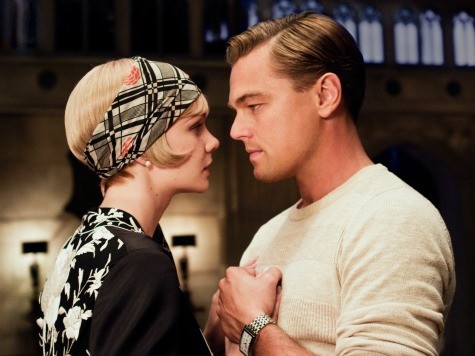
Anyone expecting something less than a visual utopia from The Great Gatsby has never seen any films in director Baz Luhrmann’s candy-colored canon.
Who better than Luhrmann to bring Jay Gatsby’s parties to life than a show-stopping auteur in an era where even overhyped music video directors can dazzle our senses?
Media-saturated crowds and F. Scott Fitzgerald fans alike demand more, and it’s here where the mega-sized Gatsby comes up small.
The casting is spot on, the modern musical accompaniments oddly appropriate and even the 3D gives Gatsby’s bashes an undeniable energy no flat presentation could duplicate.
Still, something essential remains just off camera.
Our burned-out narrator Nick Carraway (Tobey Maguire) opens the film by looking back at the dramatic events that led him to seek solace in a sanitarium. He once worked on Wall Street during those roaring ‘20s, content to spend his free time wondering about all the noise coming from his neighbor’s palatial estate.
Turns out Nick’s cousin Daisy (Carey Mulligan, boring instead of beguiling) has a romantic connection to the man behind those social extravaganzas. So when the uber-rich Jay Gatsby (Leonardo DiCaprio) befriends Nick out of the blue, it isn’t just the start of a halting bromance but a chance to reconnect with an old, and very married, flame.
Anyone who didn’t doze through high school English knows the rest–the romance, the cheating and the man whose fortune may not be as genuine as promised. The Great Gatsby plays out as if knowing our familiarity with the source material, and Luhrmann and co. offer up few new surprises beyond the fanciest parties ever captured on screen.
Luhrmann stages it all in bold letters, using exclamation marks when a hushed whisper or knowing nod might have sufficed. He’s rallied some grand actors to his cause, but they fall for his exercise in artifice, robbing the story of its emotional heft.
Just watch a clumsy Gatsby flirt with Daisy mid-film, and you’ll see where a cartoonish quality turns a great American novel into just another day-glo color on Luhrmann’s visual palette.
Those 3D glasses reveal even more theatricality, and while it’s dazzling to watch the parade of artifice keeps us removed from these iconic figures. DiCaprio and Maguire muddle through all the same, forging an alliance which survives to the final, tragic frames.
Much has been said about The Great Gatsby as a commentary on the shallowness of the American Dream. One could make a different argument, pointing out how America offers its citizens the chance to become anything they want to be, or woo old girlfriends with shiny new toys.
Jay Gatsby’s economic and romantic shortcuts shouldn’t be blamed on the country’s promise. We see a similar dream deferred in the recent Pain & Gain, another film showcasing the fallout from wholesale cheating on America’s potential.
Luhrmann’s Gatsby has a fraction of the resonance of Fitzgerald’s tale, even if its dynamic sequences and rap-fueled raves will be hard to forget during the summer movies season.

COMMENTS
Please let us know if you're having issues with commenting.